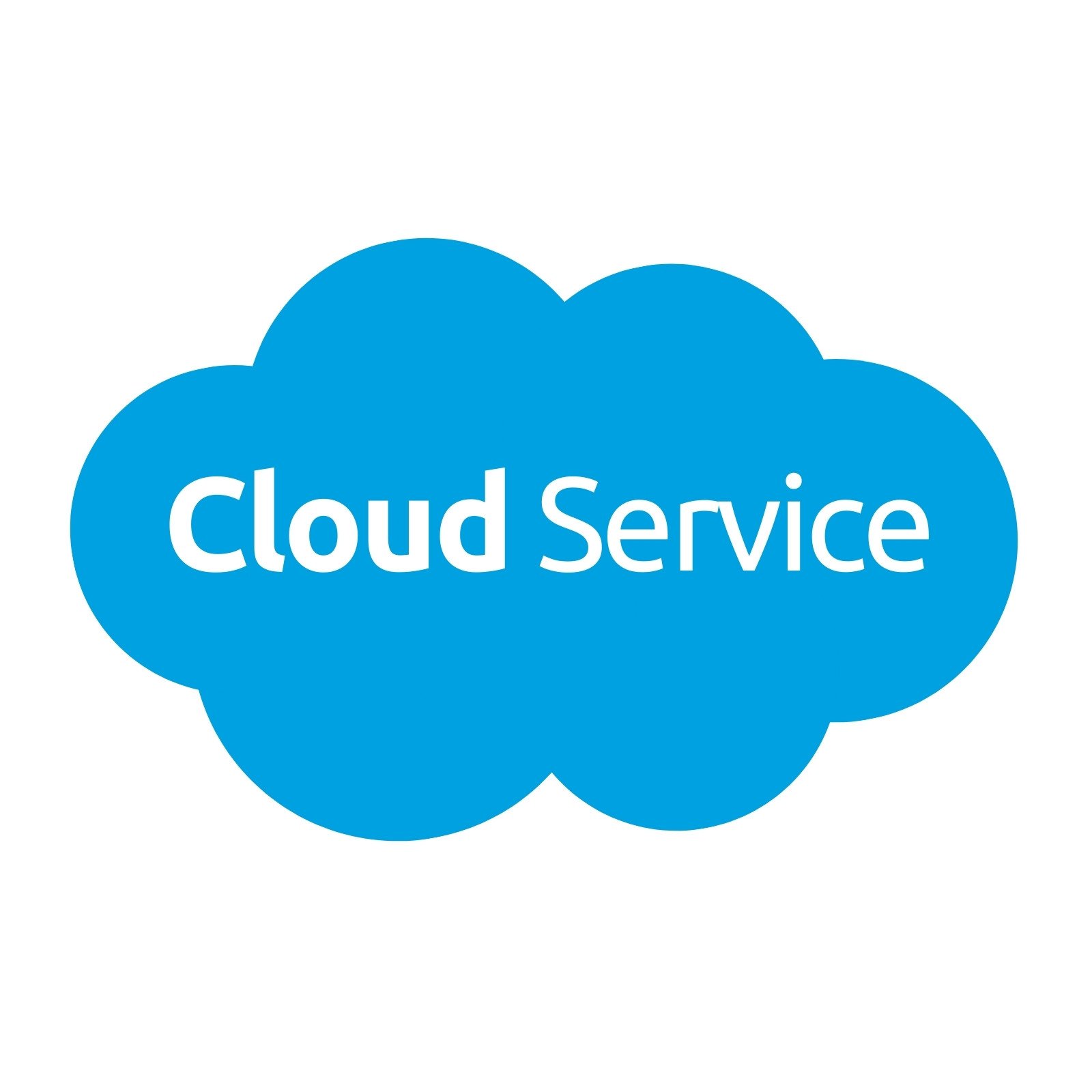Simplify Your Facilities With Cloud Solutions
As businesses browse the ever-evolving landscape of modern technology and information administration, the role of cloud services in simplifying facilities has actually ended up being increasingly popular. Just how can services properly browse this transition and absolutely unlock the potential of cloud solutions for simplifying their framework?
Benefits of Cloud Provider
Cloud services provide a structured technique to handling IT framework, providing businesses with cost-efficiency, flexibility, and scalability. One of the vital benefits of cloud services is the scalability they use.
Additionally, cloud solutions eliminate the demand for businesses to purchase pricey hardware and software program. This cost-efficiency is a significant benefit, particularly for little to medium-sized enterprises wanting to lessen ahead of time prices. By making use of cloud services, organizations can access top notch IT sources without the hefty cost related to typical infrastructure configurations.
Additionally, cloud services offer companies with the flexibility to access their information and applications from anywhere with an internet connection. This level of ease of access boosts cooperation amongst teams, enables remote work, and increases total productivity. The adaptability offered by cloud solutions empowers services to adjust quickly to transforming market conditions and customer demands.
Expense Cost Savings and Scalability
Along with the functional advantages highlighted previously, the combination of cloud solutions right into a company's facilities comes up with significant cost savings and improved scalability. Cloud solutions provide a pay-as-you-go design, permitting companies to scale sources up or down based upon present demands, therefore avoiding the costs connected with preserving excess capability. This adaptability makes it possible for companies to adjust swiftly to fluctuating demands without sustaining unneeded expenditures.
Furthermore, cloud services eliminate the need for upfront investments in equipment and software application, reducing capital investment. Business expenses are also lessened as firms no longer require to manage and keep physical web servers, causing lower energy consumption and IT staffing costs. Additionally, cloud solutions give automated updates and upkeep, ensuring that the framework remains secure and current without calling for hand-operated treatments.
Improved Safety And Security Steps
Carrying out rigid security actions is vital when incorporating cloud services right into a business's infrastructure to ensure and guard sensitive data conformity with industry guidelines. Cloud provider provide boosted security functions such as information file encryption, firewall software security, and multi-factor verification to mitigate cybersecurity risks. Encryption aids safeguard information both at remainder and en route, guaranteeing that only accredited users can access delicate info. Firewalls act as an obstacle between outside hazards and internal networks, tracking and managing outbound and inbound network website traffic. Multi-factor verification includes an extra layer of safety and security by needing individuals to supply numerous kinds of confirmation prior to accessing the cloud solutions.
Furthermore, regular security audits and conformity evaluations help make certain and identify vulnerabilities adherence to industry requirements. Firms can likewise take advantage of attributes like automatic safety updates and real-time hazard surveillance supplied by cloud service carriers. By focusing on protection steps and remaining positive in addressing possible dangers, companies can confidently take advantage of cloud services while safeguarding their beneficial data from unapproved access or violations.
Transitioning to Cloud Infrastructure
To efficiently integrate cloud solutions right into a company's framework, a structured approach that resolves the shift in the direction of cloud-based solutions is vital. Transitioning to shadow infrastructure entails careful preparation and here are the findings implementation to make sure a smooth migration process. The initial step is to examine the current infrastructure and establish which systems and applications are appropriate for migration to the cloud. This assessment must take into consideration factors such as data sensitivity, conformity demands, and performance requirements.
As soon as the assessment is total, a movement approach should be established. This method must outline the timeline, sources, and responsibilities for relocating each element to the cloud. It is necessary to connect this strategy plainly to all stakeholders to make sure placement and lessen disruptions during the transition.
During the migration screening, procedure and tracking are vital to recognize and address any type of problems immediately. Normal checkpoints need to be developed to track progress and make required adjustments. Additionally, training for employees on making use of cloud services ought to be offered to ensure a successful change and maximize the advantages of the brand-new infrastructure.
Finest Practices for Cloud Adoption
Effective fostering of cloud solutions pivots on the critical placement of organization objectives with technological capabilities and business readiness. To guarantee a smooth transition to the cloud, organizations should start by performing a thorough assessment of their present framework and recognizing which workloads are best fit for cloud movement. It is critical to entail vital stakeholders from different divisions in the decision-making procedure to acquire buy-in and resolve any worries early on.
An additional ideal practice for cloud fostering is to prioritize protection and compliance. Organizations needs to very carefully evaluate the safety measures offered by cloud solution suppliers and ensure that their information is shielded according to market standards and regulatory demands. Implementing robust information security, access controls, and regular security audits can aid reduce dangers associated with cloud fostering.

Conclusion

As businesses browse the ever-evolving landscape of technology and information administration, the role find out of cloud solutions in streamlining infrastructure has actually ended up being increasingly famous - linkdaddy cloud services press release. How can services successfully browse this transition and genuinely open the potential of cloud services for streamlining their infrastructure?
Cloud services use a structured technique to handling IT infrastructure, offering services with scalability, cost-efficiency, and flexibility. By using cloud solutions, businesses can access top notch IT sources without the substantial rate tag associated with traditional facilities arrangements.
To ensure a smooth transition to the cloud, companies should start by conducting an extensive evaluation of their current infrastructure and determining which work are best matched for cloud movement.